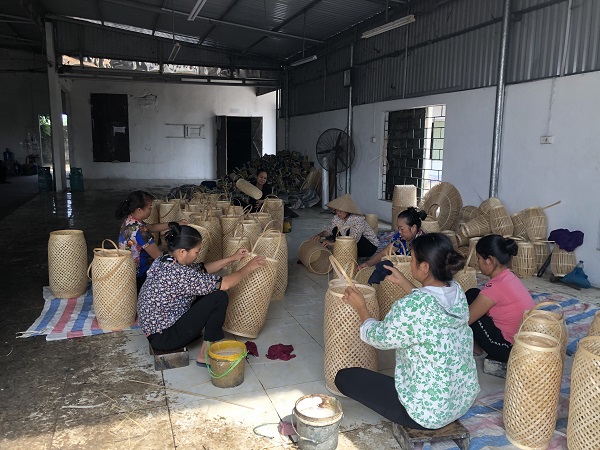1. History of Vietnamese bamboo and rattan products
Vietnamese handicrafts have been around for thousands of years. Handicrafts are associated with many traditional craft villages, and the export of handicrafts has been growing since the beginning. Pottery, furniture, rattan, silk... were the only items available at the time. Modern craft villages have been through many ups and downs over the years, with some villages being left in the lurch. There have also been a host of new craft villages that have sprouted up. There are currently 52 craft groups in the country, with 1451 craft villages dating back over 100 years, producing products such as brocade (Mong - Lao Cai), wood carving, and other traditional crafts (Bac Ninh)...
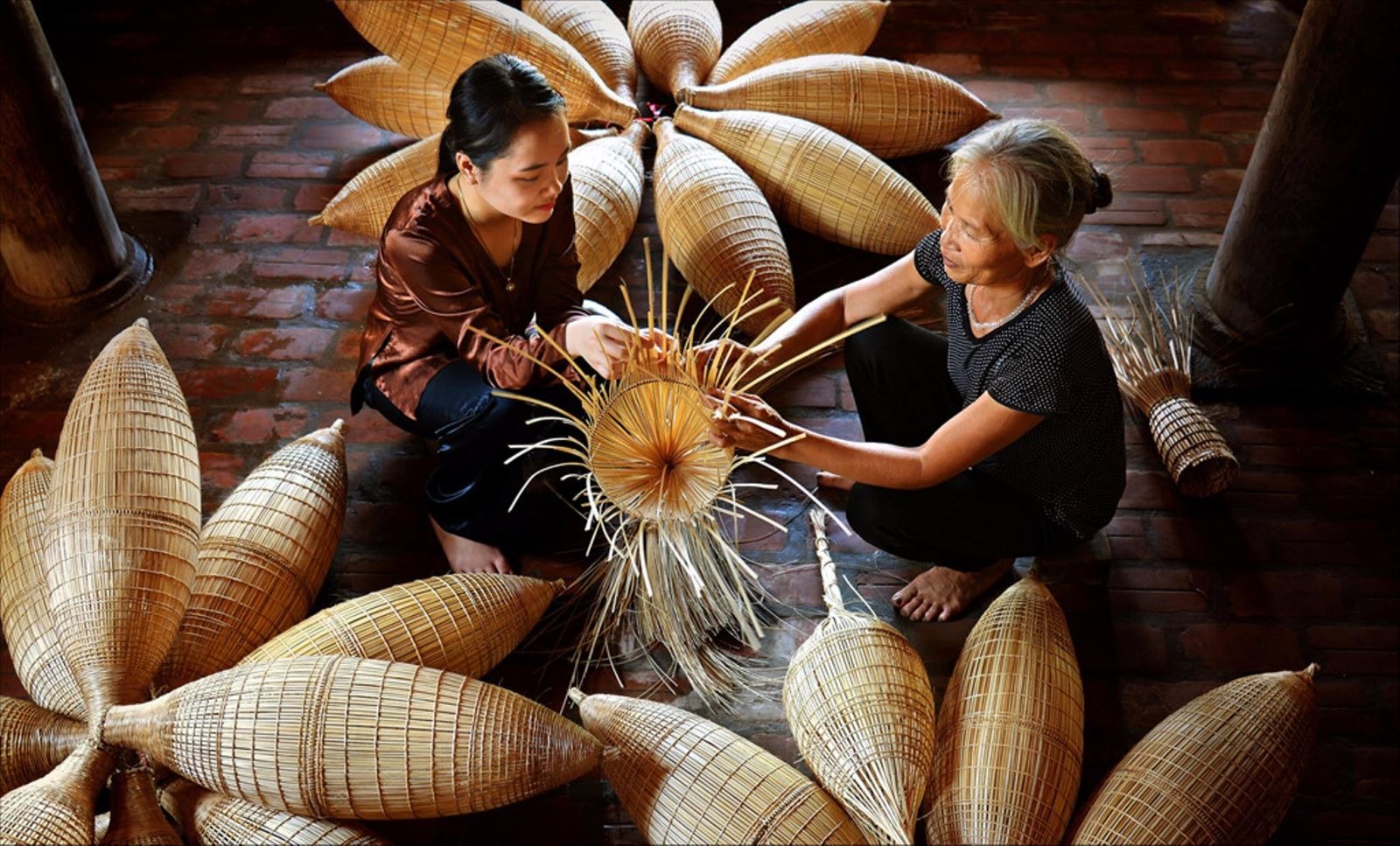
Crafting with bamboo and rattan began in the late 1800s. Over 100 years of existence and growth, with many ups and downs, bamboo and rattan continue to thrive, and traditional jobs have steadily improved the lives of the people in the craft village. Rattan and bamboo are two fine arts that are being revived and flourishing in Vietnam. Rattan, bamboo, hurry, and ceramics are three commodities with high export value.
After a long period of growth, bamboo and rattan products have increased in quality, colors, and designs, with many innovative and unique designs. A large number of excellent products are made, particularly when lacquer technology is used in this profession. As a result, these items are extremely popular with consumers today, with many of them becoming "hot trends" and being used in international competitions.
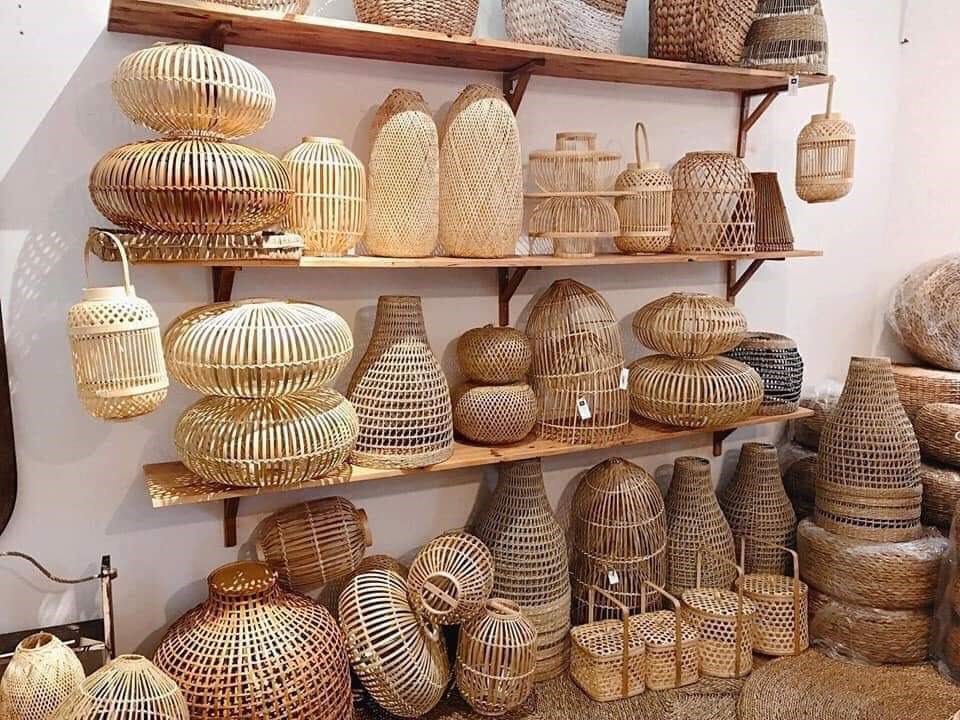
Until now, the art of making bamboo and rattan has become one of the most valuable handicrafts in the world, with exports to Japan, Korea, Russia, and other nations. The Vietnamese economy is steadily improving. Furthermore, this career provides a large number of job opportunities with good pay for employees in all provinces across the world, largely resolving unemployment in recent years in Vietnam.
2. Manufacturing process
2.1: Selecting necessary materials
First and foremost, artisans would need to carefully prepare the required materials in order to produce the highest quality bamboo and rattan items to satisfy the demand of human usages. Craft villages, in particular, would need to import raw materials from reliable sources. Bamboo and rattan development currently has two sources of raw materials.
.jpg)
The majority of domestic raw materials come from provinces and areas in the northern mountainous regions with forests, such as Son La, Hoa Binh, Bac Kan, Thai Nguyen... Thanh Hoa, Nghe An, Ha Tinh... are in the central region, as are the Central Highlands and the Southeast. When importing raw materials from these areas, rattan, bamboo, and other natural fibers are harvested, processed, and transported to the manufacturing facilities.
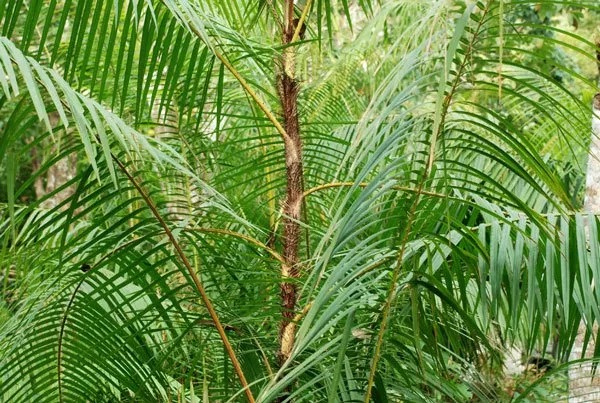 Rattan and seagrass will be the major sources of raw materials imported from abroad, supplementing the lack of domestic materials. Imported raw materials make up just about 10% of the total materials used in the manufacturing process. These products are primarily imported from Laos, Cambodia, Indonesia,...
Rattan and seagrass will be the major sources of raw materials imported from abroad, supplementing the lack of domestic materials. Imported raw materials make up just about 10% of the total materials used in the manufacturing process. These products are primarily imported from Laos, Cambodia, Indonesia,...
2.2 Manufacturing process of bamboo and rattan products
The production process of bamboo and rattan industries in craft village establishments in Vietnam today has its own characteristics, but most of them comply with the following process:
Stage 1: Preliminary process of raw materials to prepare for the next stage. This phase will mainly apply techniques and technologies to process bamboo, rattan, etc …
Stage 2: Apply techniques to prepare for the stage of knitting, threading to create bamboo and rattan products. In particular, at this stage, the craftsmen will need to choose the type of bamboo, rattan, which is suitable for each type of product, right in size, with quality assurance... to be able to create good products.
Stage 3: Start performing the work of knitting, stirring raw materials of rattan, bamboo... in the raw form. And this whole stage will be done directly by the craftsmen in the family. The age of the employees working in this job today is also very diverse with many different ages and genders.
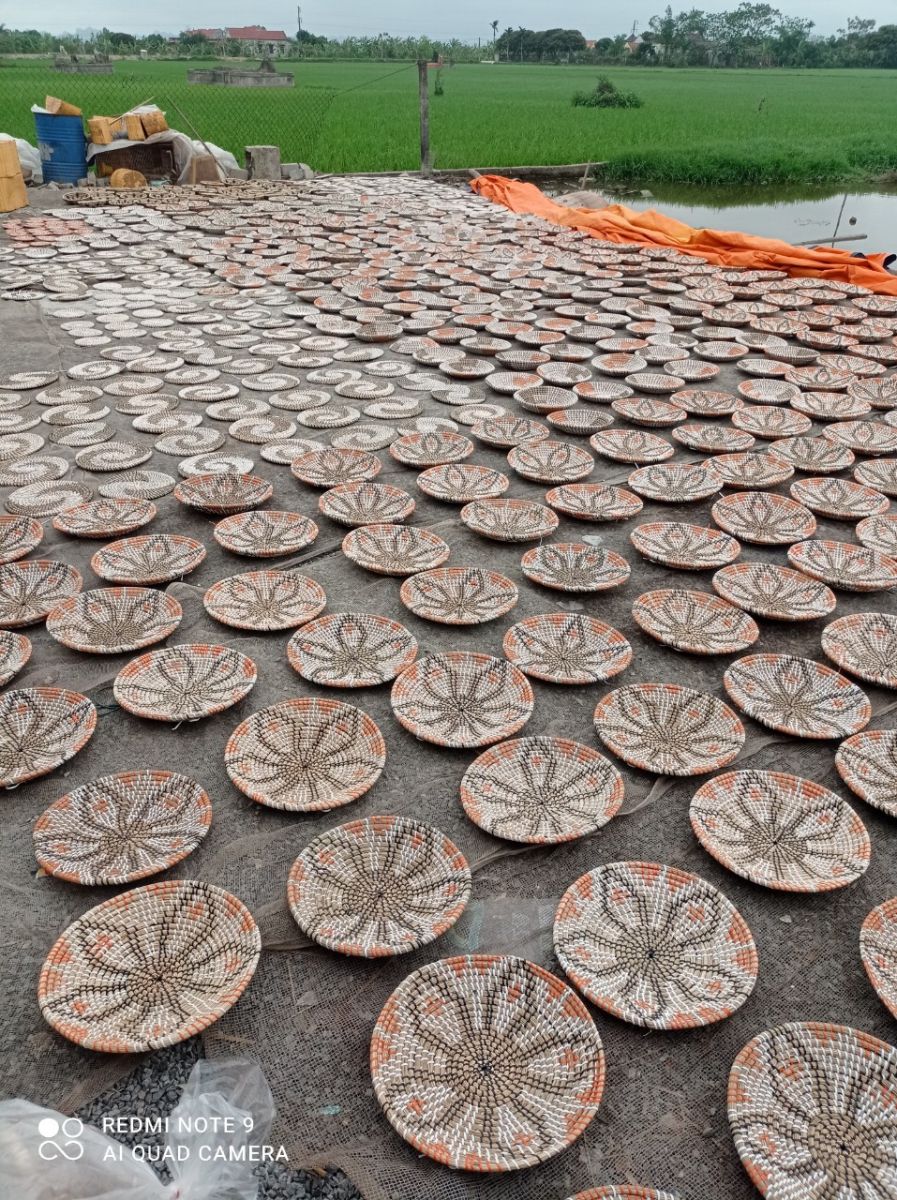
Stage 4: Finish bamboo and rattan products. The completion of products and raw products done by hand will be gathered and transferred to the production facilities for them to complete and process the remaining fibers and blinds in the product with cutlery tools, torch ... smooth products, dip glue, spray color, and dry to create the best bamboo and rattan products.
-------------------------------------------------------------------------------------------------------------------
We are here to match your requirement. Do not hesitate to contact us for the best price!
ADD: 41/49 Huynh Thuc Khang Street, Dong Da District, HaNoi, VietNam
EMAIL: [email protected]
HOTLINE: +84 966420187 (WHATSAPP/VIBER/ZALO)

